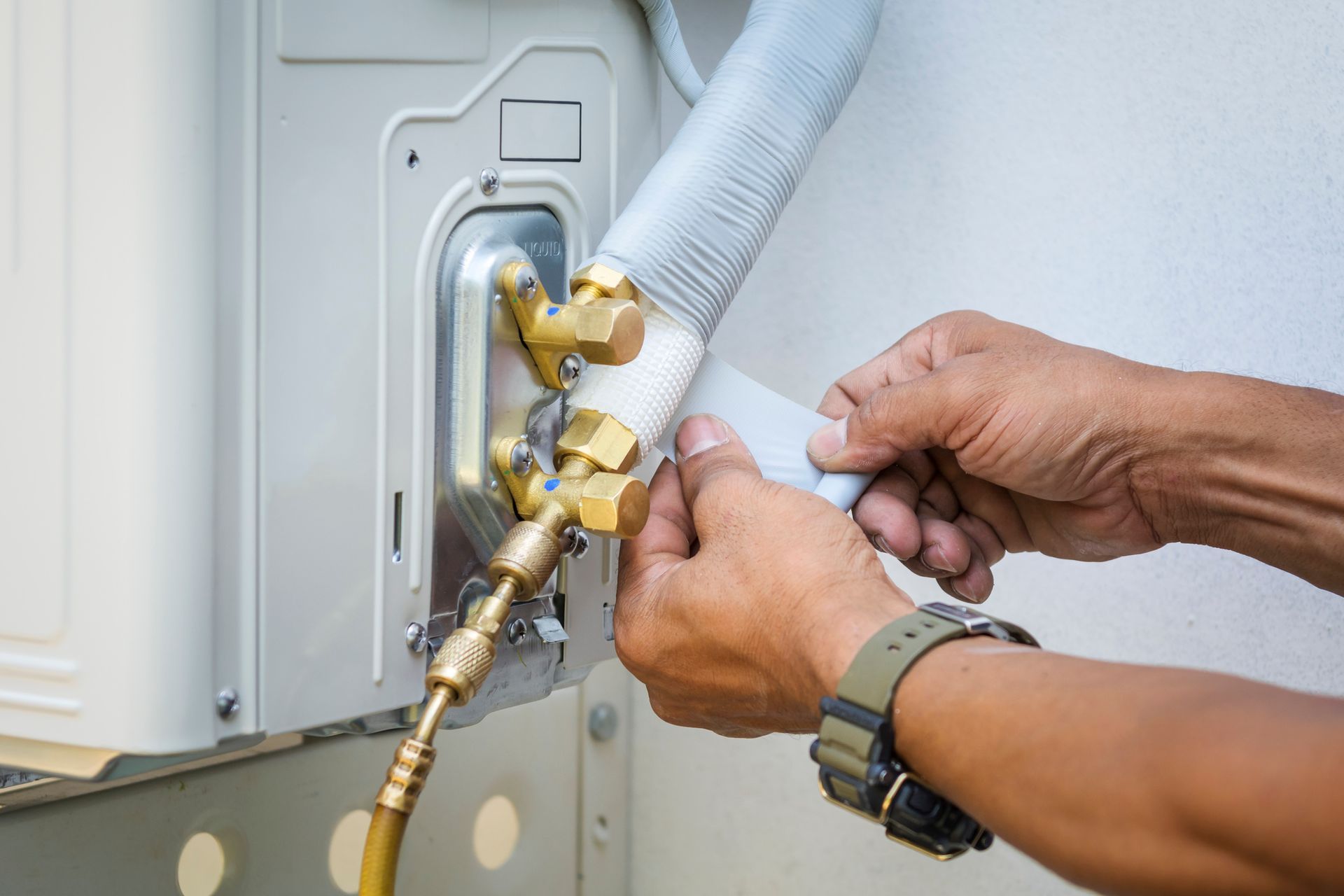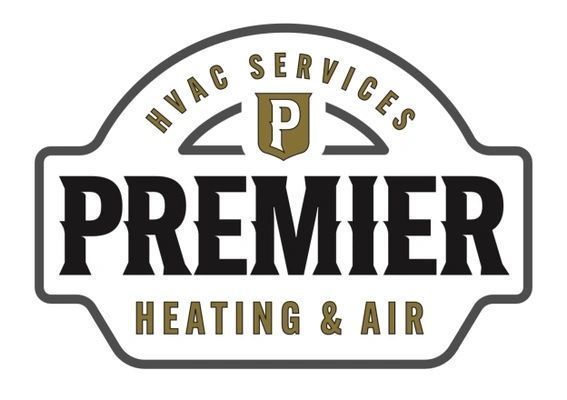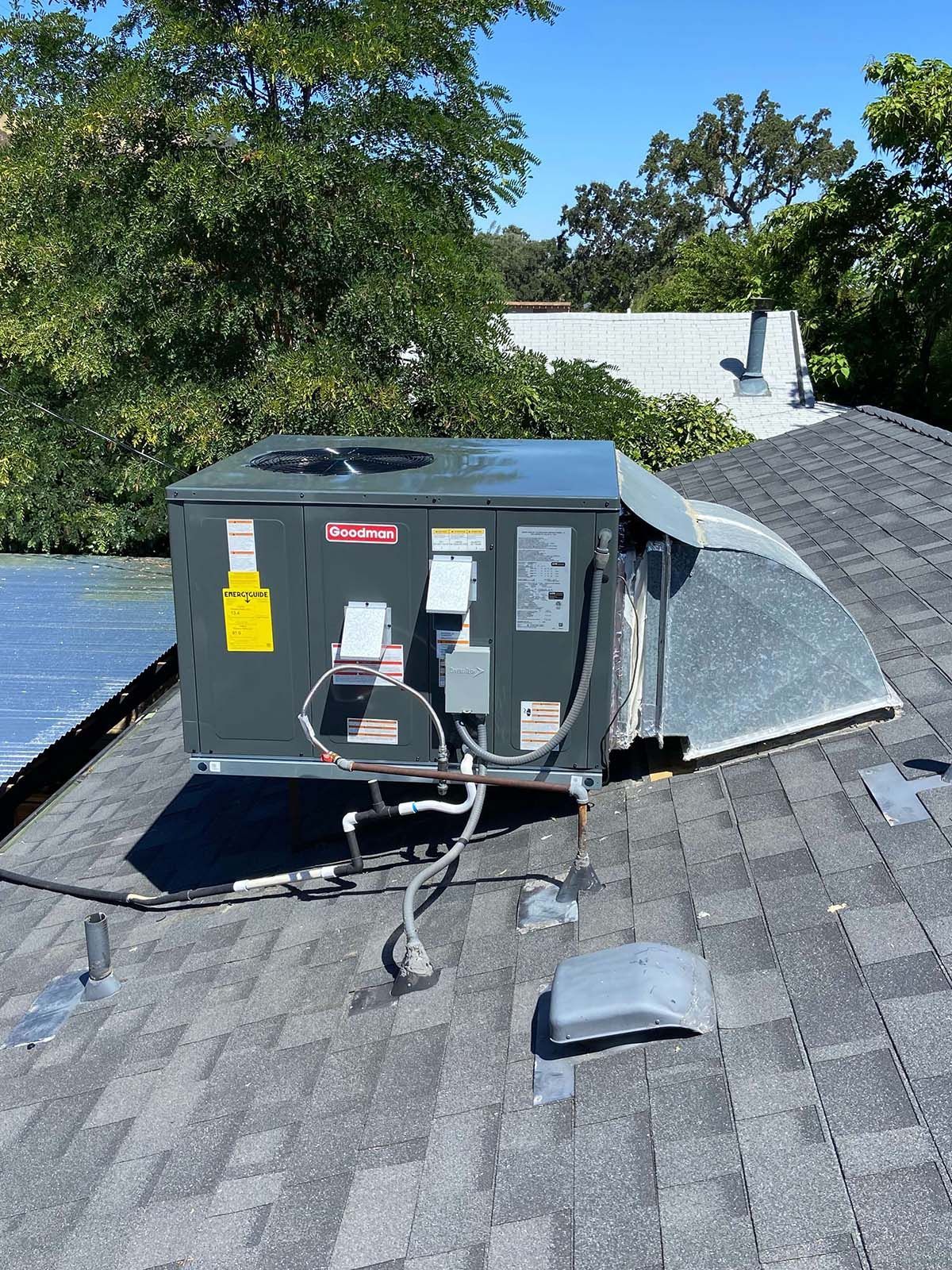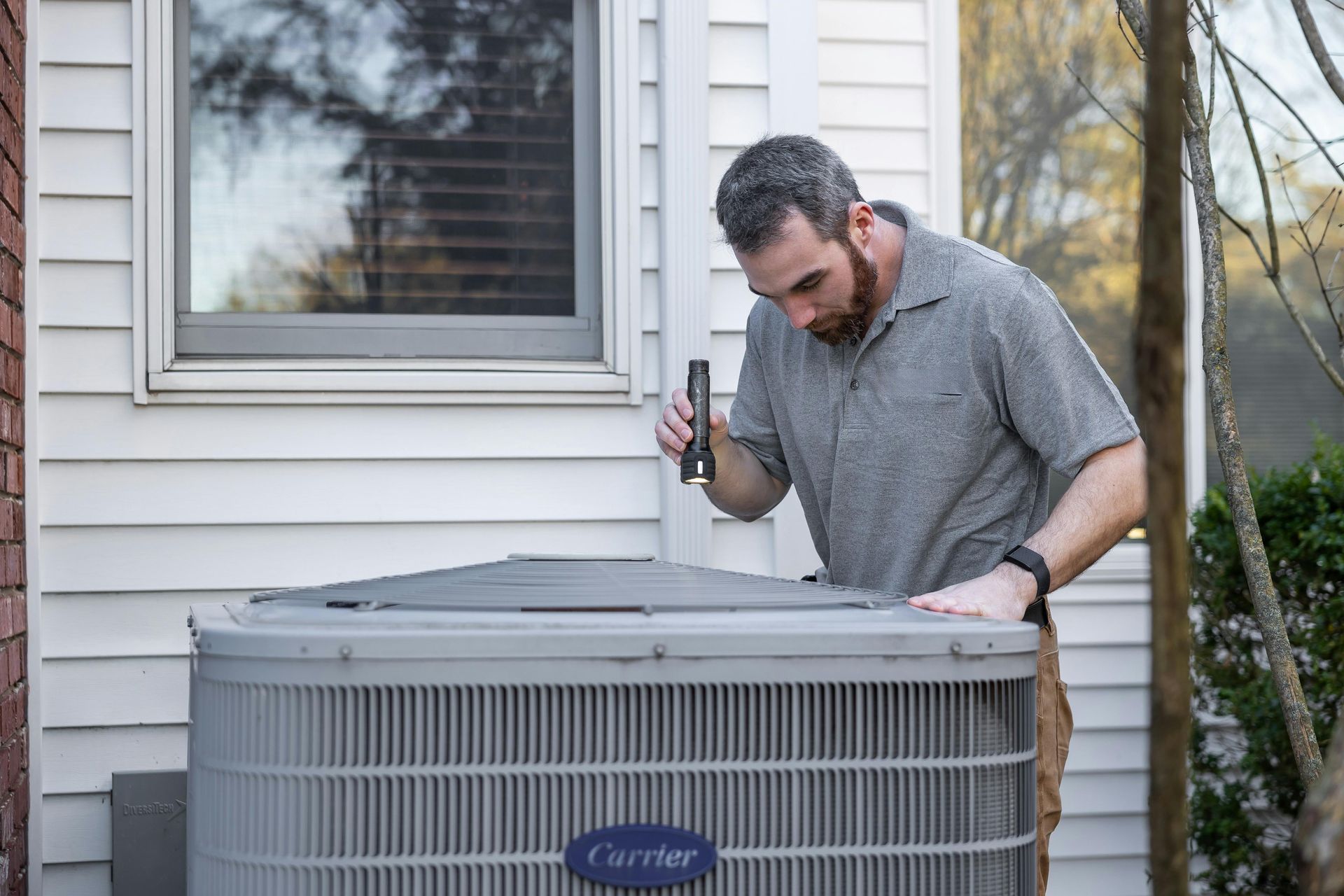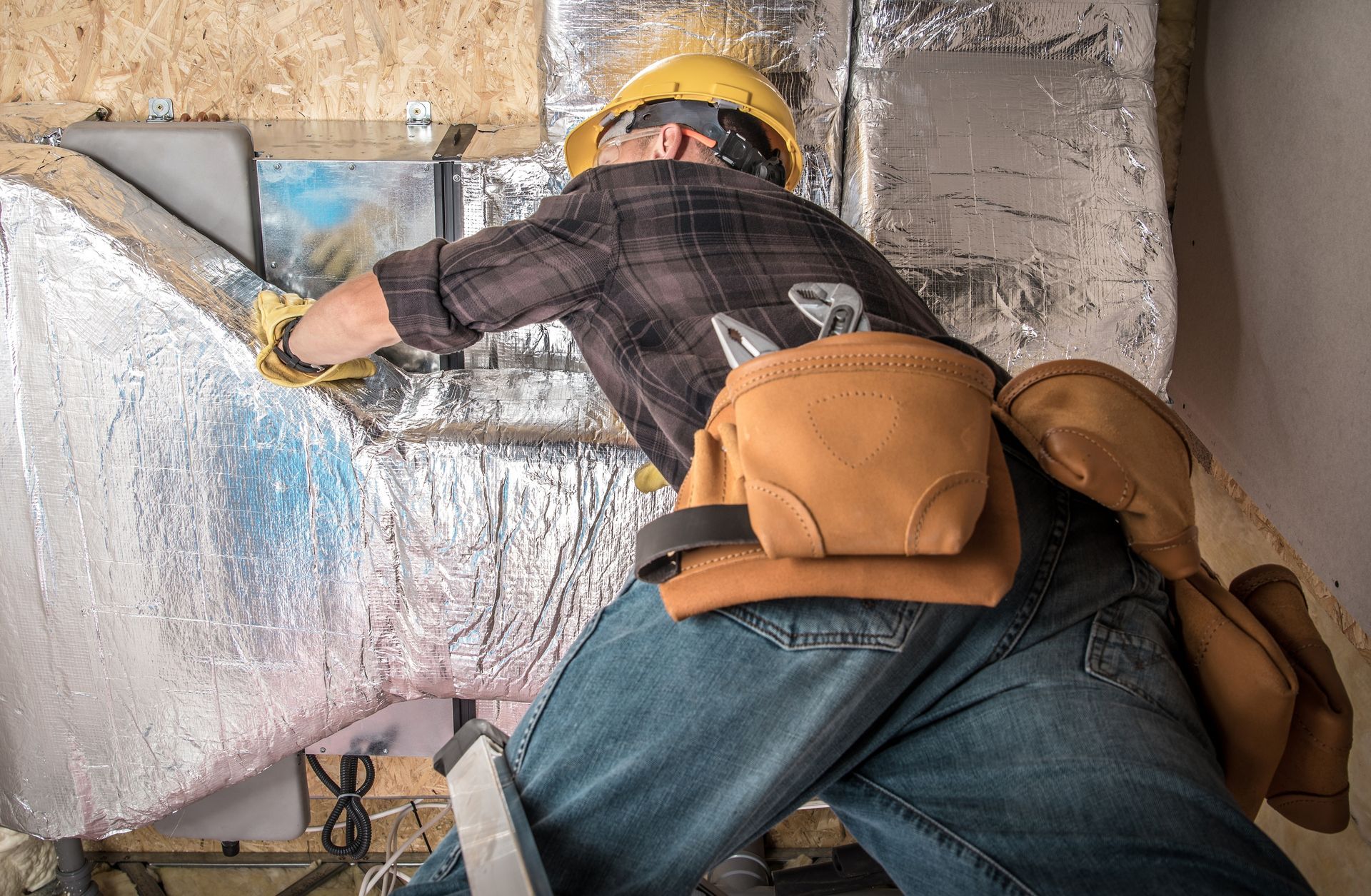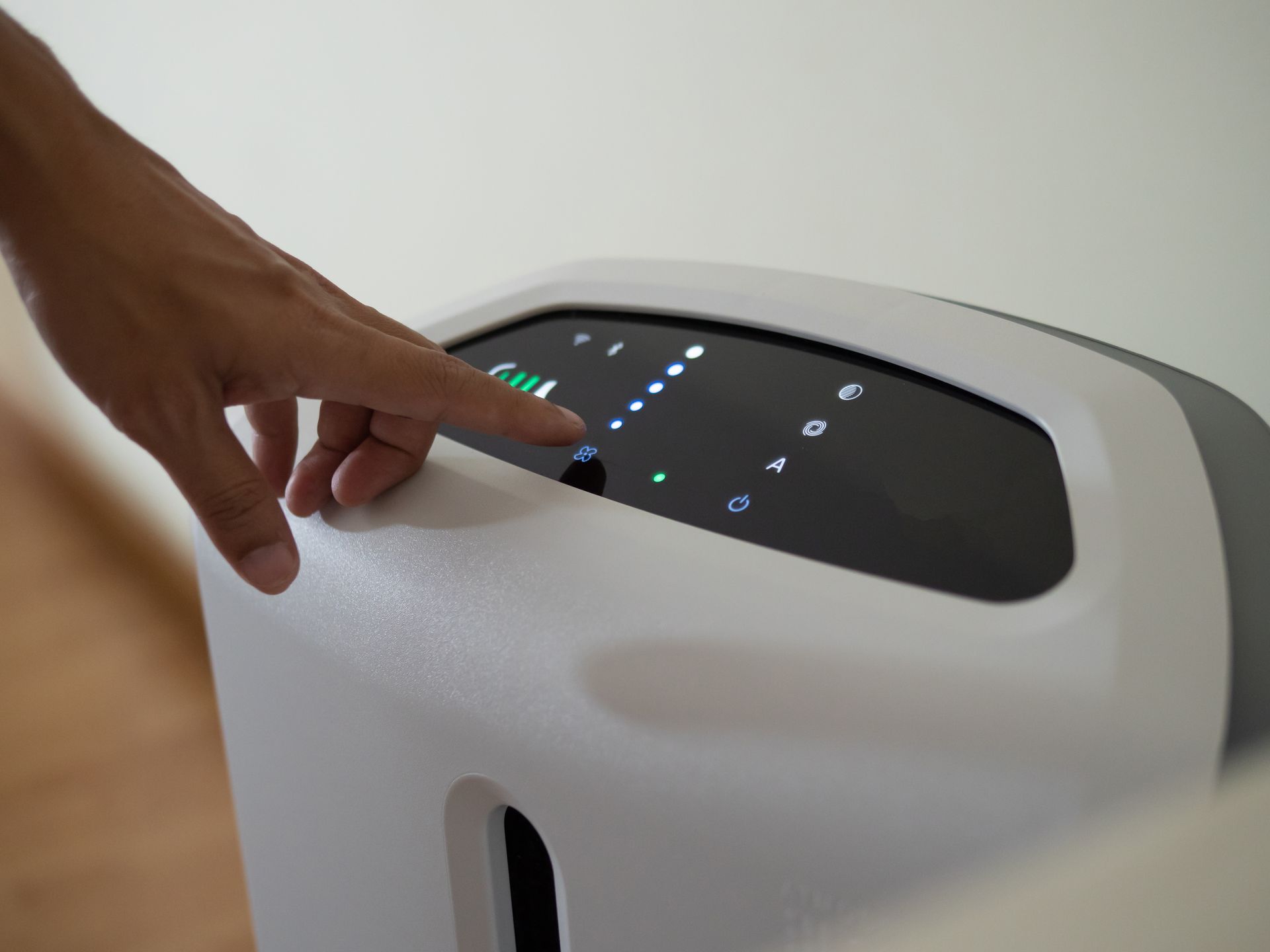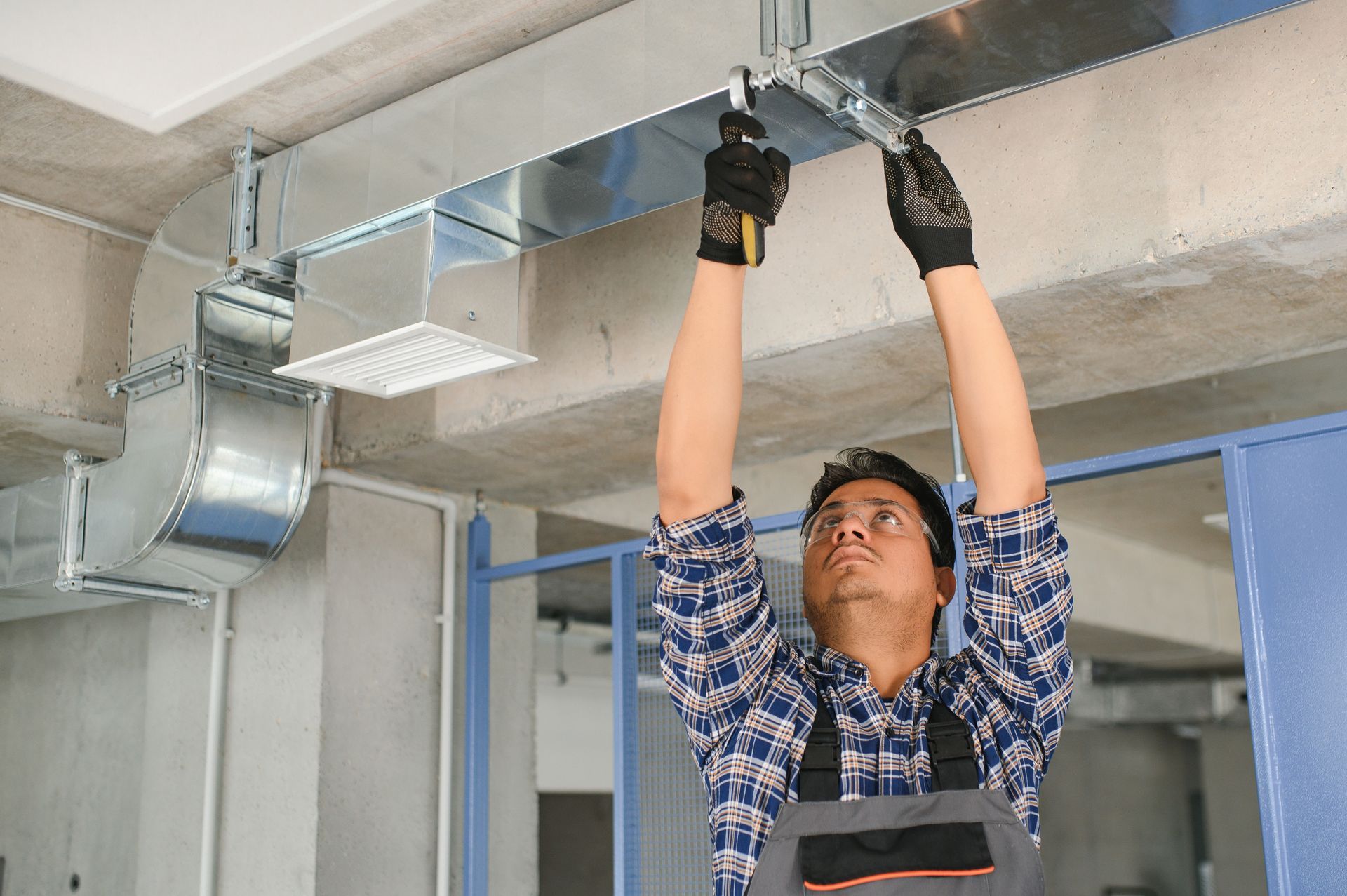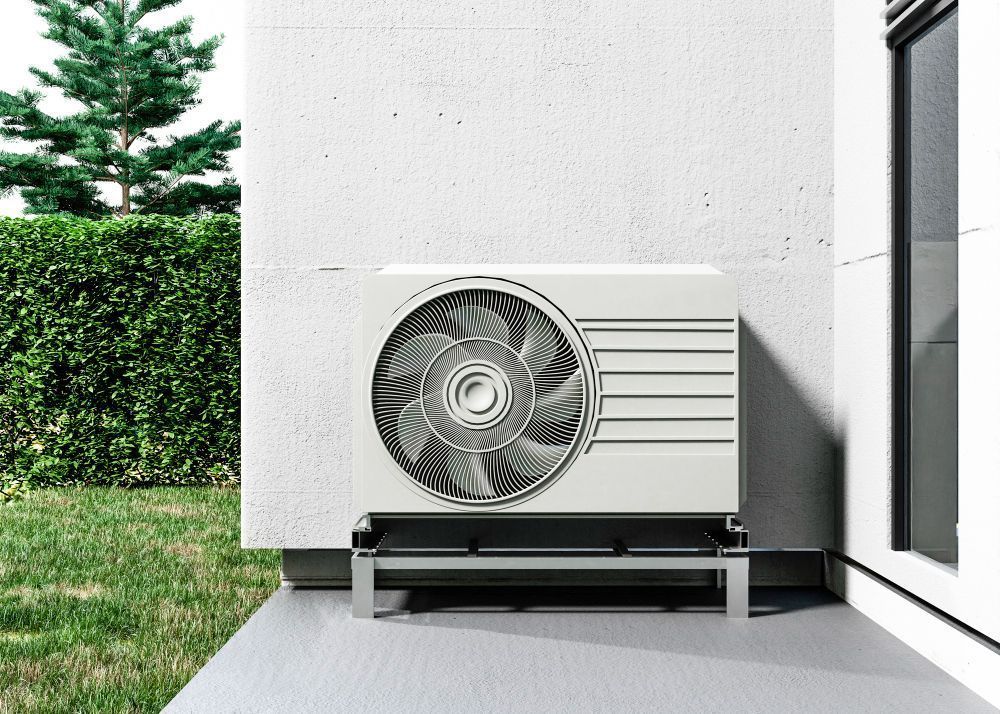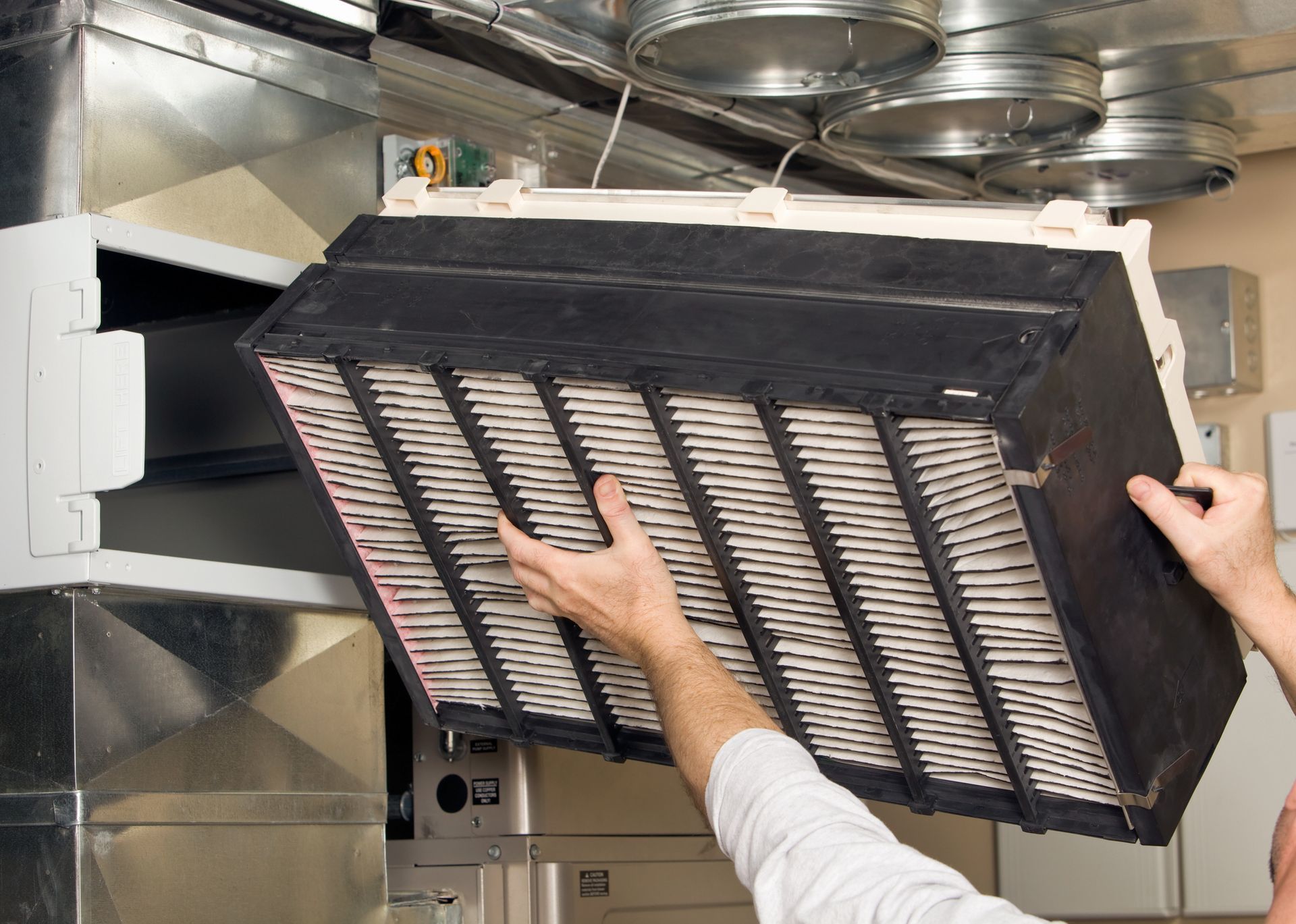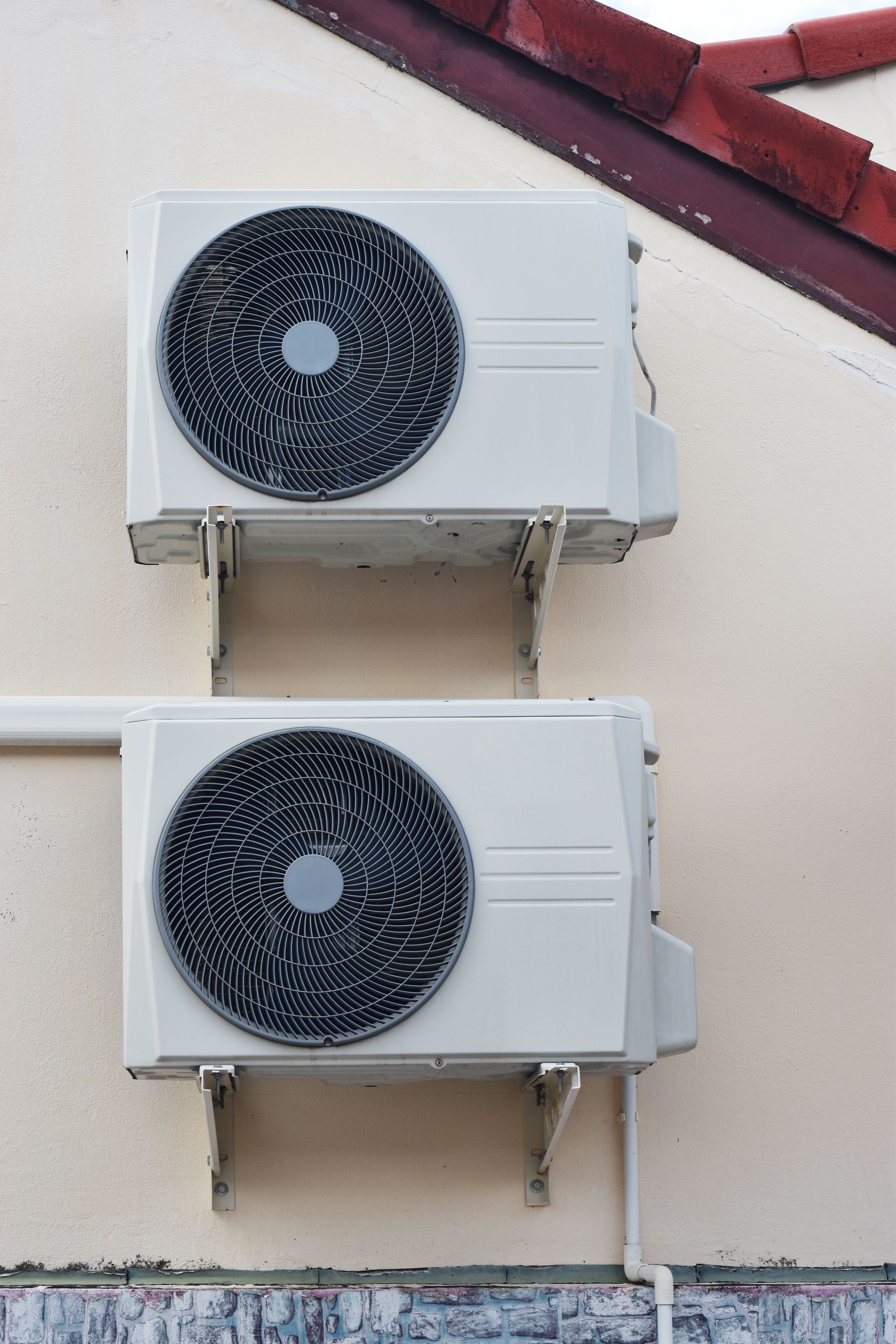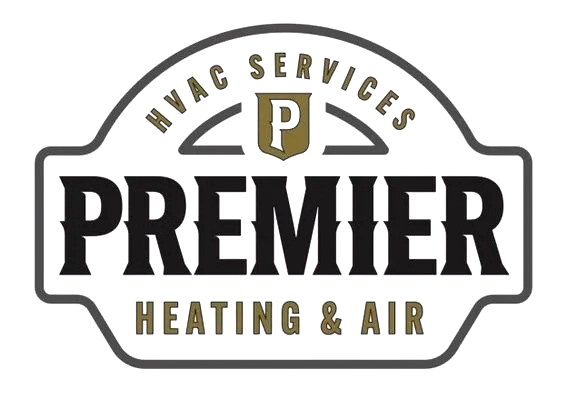When you’re building a new home or commercial property, there’s a lot to juggle. Between framing, roofing, plumbing, and choosing the right shade of beige for your walls, HVAC might not be the first thing on your list. But make no mistake, your heating and cooling system is one of the most critical elements of a comfortable, efficient, and safe space. Whether you're a homeowner or a contractor, understanding the process of a new construction HVAC installation will save you time, headaches, and money.
In this blog, we’ll break down each step of the HVAC installation process, offer real-world insights, and help you get the most out of working with
new construction HVAC contractors. If you’re thinking about HVAC for new construction, this is your guide from blueprint to thermostat.
1. Pre-Planning and Design: Your Blueprint for Comfort
Before a single duct is installed or a vent is cut, your HVAC project starts at the drawing board. The planning phase is where professionals lay the groundwork for the entire system.
What Happens During the Planning Stage?
- Load Calculations: HVAC contractors use Manual J calculations to determine the size of system your space needs. This is based on square footage, window placement, insulation levels, and more.
- Duct Layout Design: Planning where your ductwork goes is critical. Poor layout equals poor airflow. That means uneven temperatures and higher energy bills.
- System Placement: Indoor and outdoor unit locations are strategically chosen for maximum efficiency, accessibility, and minimal noise.
- Code Compliance and Energy Efficiency: Every design must meet local building codes and energy efficiency standards.
Getting this part right can save you from problems like undersized systems, poor indoor air quality, or equipment that wears out too quickly.
Real Talk: This isn’t the time to cut corners. Trust your HVAC pros to crunch the numbers and make smart system recommendations. Your comfort depends on it.
2. Rough-In Stage: The Bones of Your HVAC System
Once framing is done and before the drywall goes up, your HVAC contractor steps in to complete the rough-in. This stage is where all the "invisible" parts of your system are installed.
What Gets Installed?
- Ductwork: The metal or flexible tubes that carry air throughout the building. They're routed through walls, ceilings, and floors.
- Ventilation and Drain Lines: These remove moisture from your air conditioning system and ensure proper airflow.
- Refrigerant Lines: These insulated tubes connect your indoor and outdoor units.
- Thermostat Wiring and Electrical Connections: Wires are run to support controls, zone systems, and smart thermostats if applicable.
At this point, your HVAC techs are crawling through rafters and tight attic spaces to ensure everything fits and functions properly.
Pro Tip: It’s much easier to adjust duct layout or wiring now than after drywall. Be sure to double-check comfort zones and return vent placements with your contractor before moving forward.
3. Equipment Installation: The Heart of the System
After drywall, flooring, and painting are complete (or nearly there), it’s time for the equipment installation. This is when your home or building finally gets its HVAC heartbeat.
Key Components Installed:
- Furnace or Air Handler: Distributes conditioned air throughout the duct system.
- Air Conditioner or Heat Pump: These handle the actual heating and cooling.
- Thermostats and Smart Controls: Your interface to the whole system.
- Registers and Grilles: These are the visible vents where air flows in and out.
Proper installation at this stage is crucial. New construction HVAC contractors will check refrigerant charge levels, test electrical connections, and ensure everything is clean, secure, and built to spec.
Fun Fact: A good HVAC tech will treat your condenser like it’s a Ferrari engine. Placement, leveling, and clearance all matter. It’s not just a big box that hums outside.
4. Final Testing and Inspection: The System Gets the Green Light
The last major step in a new construction HVAC installation is system testing and inspection. This is when your contractor ensures that everything works just like it should.
What to Expect During Final Testing:
- Airflow Testing: Technicians confirm that each register has the correct airflow.
- System Calibration: Thermostats are programmed, zone systems are tested, and temperatures are dialed in.
- Leak Detection: Refrigerant lines and ductwork are inspected for any leaks.
- Safety Checks: Systems are inspected to meet local codes and safety standards.
- Final Walkthrough: Your contractor will walk you through how the system works and offer maintenance tips.
This is also when any last-minute tweaks are made. Think of it like the final dress rehearsal before opening night. You want everything running smoothly.
5. Post-Installation Support: Keeping It Running Like New
The job doesn’t end once the system is up and running. A good HVAC contractor offers ongoing support to make sure your system performs long-term.
What Ongoing Services Should You Expect?
- Maintenance Services: Regular tune-ups help keep efficiency high and prevent breakdowns.
- Service Calls: If something goes wrong, your contractor should offer prompt, professional repairs.
- Ductwork Adjustments: If airflow seems off after you move in, a small tweak to the duct layout could solve it.
- System Upgrades: As technology evolves, you may want to upgrade to smart thermostats or more efficient components down the road.
Pro Tip: Ask about maintenance plans. These can save you a lot of money over the life of your system, and some include priority scheduling or discounted repairs.
Call Premier Heating and Air for Professional HVAC Installation in Buellton, CA
Let’s Make Your New Construction Project a Breeze
If you’re building a new home or commercial property in Buellton, CA or the surrounding areas, trust Premier Heating and Air to handle your HVAC installation from start to finish. We specialize in HVAC for new construction and bring years of experience to every job. Our team works closely with builders, architects, and property owners to design systems that are efficient, reliable, and built to last.
We don’t just install equipment. We provide full-service support that includes maintenance services, service calls, ductwork, and everything in between. Ready to get started? Give Premier Heating and Air a call at (805) 325-3335 and let’s make sure your new build feels just as comfortable as it looks.
FREQUENTLY ASKED QUESTIONS
When should HVAC be installed in new construction?
HVAC rough-in typically happens after the framing is complete but before insulation and drywall. Equipment is usually installed later, after painting and flooring are finished.
How long does a new construction HVAC installation take?
Timelines vary, but most projects are completed in phases over a few weeks. Rough-in might take a few days, and final equipment setup and testing another few days, depending on project size.
Can I choose my own thermostat or smart system?
Yes. You can work with your contractor to choose a smart thermostat that fits your preferences. Just make sure it’s compatible with your system.
What size HVAC system do I need for my new home?
That depends on the square footage, insulation, window placement, and more. Your contractor should perform a Manual J load calculation to determine the proper size.
What makes HVAC installation for new construction different from retrofits?
New construction allows for cleaner duct layouts, optimized equipment placement, and full system design flexibility. Retrofitting involves adapting the system to existing conditions, which can limit efficiency or design choices.
